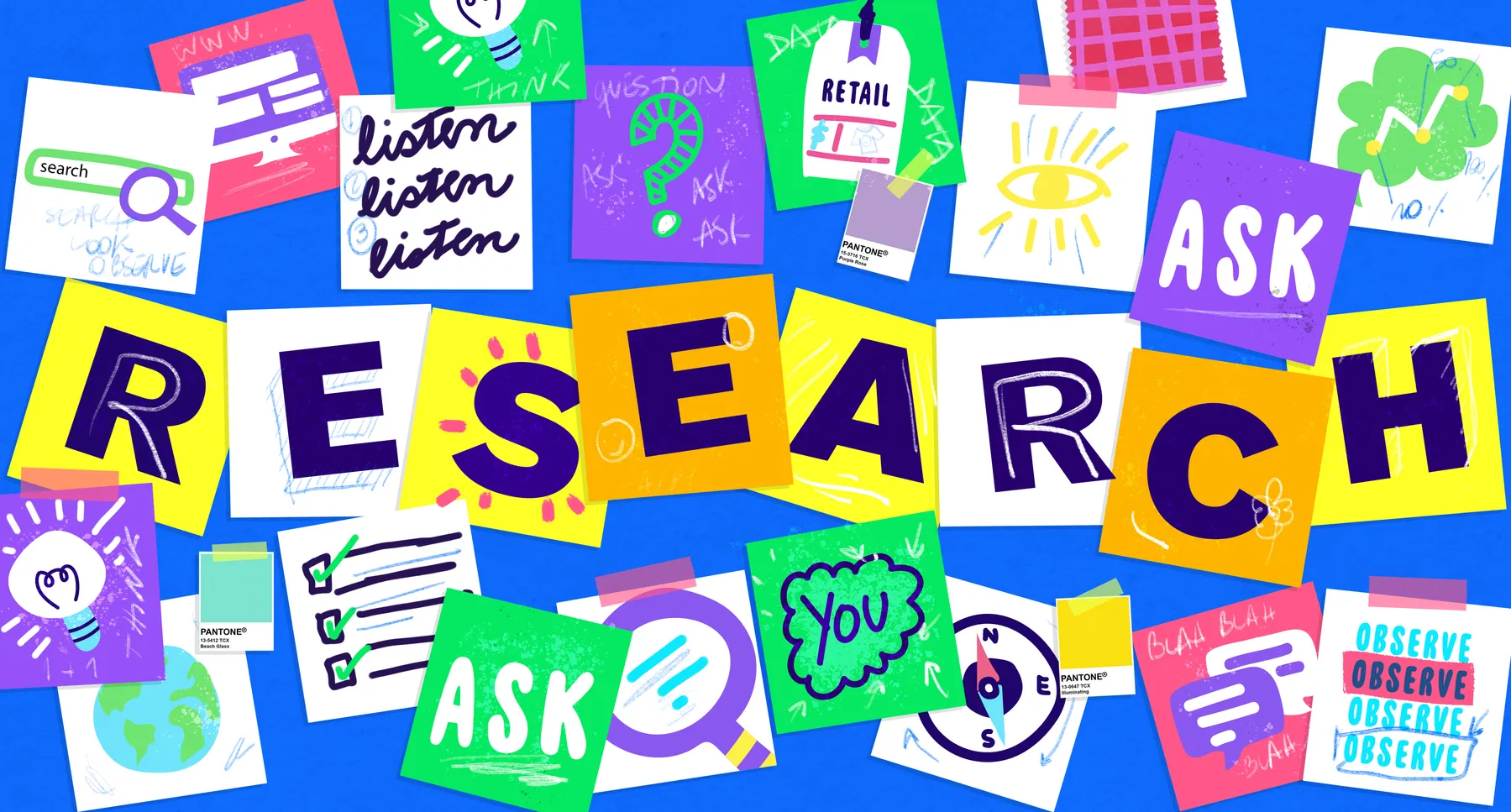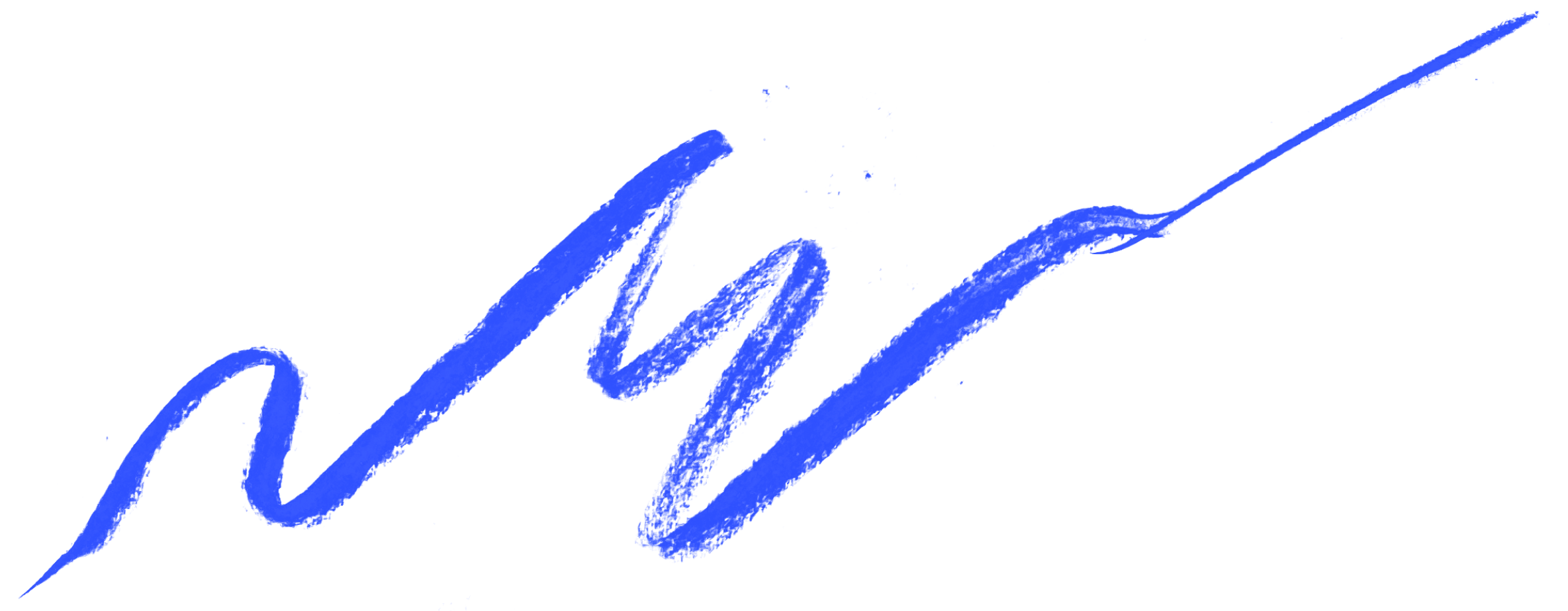Skew It Yourself Part 1: How to Conduct Effective Research for Brand Extension

Research is the cornerstone of making the right decisions. Who you should date, where you should live, how to stay healthy. If you want to make good decisions, you need to question things, gather data, and then analyse it.
Now, if you're coming to Skew for dating advice, then you might well be wasting your time. But if you've got a commercial problem that can be solved by a creative process, then you're in the right place.
The aim of this article is to explore the first part of our process: Research.
We'll take a look at what research is and why it's absolutely crucial to get right. Then we'll list all the things you should think about when researching. Finally, we'll touch on some actionable advice to help you conduct your own research if you're the kind of DIY person that wants to handle it yourself.
So let's get cracking...
Research is boring...?
Research. It's such a boring word. It brings to mind dark, dusty libraries, full of old tomes, or staring at spreadsheets and data plots. You're probably yawning just thinking about it.
And so agencies often dress their research stage up with fancy names like "ideation" (how creative!), "interrogation" (how edgy), or "combustion" (how... erm odd?).
The point is, research is a massive part of any good agency's process. It involves interviews, audits, site visits, desk research, field research, studies, focus groups, data mining. Yeah, it's a lot of important things.
How important?
Here's the short version: Without research, you can't make the best creative decisions.
Sure, people like the romanticised idea of inspiration striking in the dead of night, or those lightbulb eureka moments rising from the depths of our unconscious. But take it from me, it doesn't tend to pan out that way.
As the old saying goes, "Garbage in, garbage out." In other words, if you aren't feeding your brain with effective information, then you'll struggle to produce effective ideas.
And that effective information comes from, you guessed it, research. The more effort you put into your research, the easier the creative process will be, and the stronger the final result. So what exactly goes into researching? I'm glad you asked...
Five reasons we research?
- Exploring the world. No brand exists in a vacuum, so it's important that we learn about the context around you and how your brand interacts with the world. This also helps us think about where you fit in the competitive landscape, and how you might differentiate yourself.
- Setting the compass. Of course, this creative process is designed to move your brand somewhere. That move may be subtle, or it may be a complete shift. Either way, we need to know where you see yourself heading. How else do we know if we're going the right way?
- Uncovering the truth. Surface-level research only gets you so far. It helps to dig deeper and try to find the ultimate truth of your brand. That might sound a little esoteric but it's really just about finding the main purpose that drives you and your brand. That's where the best ideas come from.
- Challenging assumptions. One of the most valuable things we do for our clients at Skew is challenge them. We question their thinking, stress-test their ideas, and explore any assumptions. It's not being contrarian for the sake of it, it's making sure that all perspectives and angles are used.
- Getting emotional. Everyone knows that people buy with emotion. Whether that's positive or negative, it's important for us to figure out the emotional drivers at play. We can then tap into those during the more creative stages of the process.
So that's really all the stuff we need to find out during the research phase. As you can see, it's quite a lot! Luckily, there's a whole roster of tools and techniques we can use...
How to conduct effective research
If you want to conduct truly useful research, then you need to know what you're doing. So here are some of the key techniques we use with our clients that you can start using for yourself...
Audits
Audits are a fantastic way of figuring out where any potential issues are, or to see what needs improvement. It highlights any key areas of focus. Audits can take a few different shapes and forms depending on what you're trying to find out.
A good starting place is to gather all of your brand's touchpoints. Your website, pitch decks, packaging, marketing materials, style guides. The more the better. And then you need to cast a critical eye over it. Try to distance yourself from any connection you have to it and see it from a fan's point of view.
What works? What doesn't? And why? What are some quick wins you can make? What needs drastic improvement?Once you have some answers to those questions, you can start figuring out the actual problems you need to solve.
Interviews
Like audits, interviews can vary depending on who you're talking to and what you're trying to find out. At Skew, we like to try and talk to as many different people as possible. Customers, fans, employees at each rung of the ladder. More viewpoints and perspectives means more effective work.
The key to a successful interview is to listen. That means actually listening, not just pretending to listen and then rattling through your predetermined questions.
When you really listen, you hear nuggets of useful information. And then you can dig deeper into those. Don't always settle for their initial answer. Ask them to expand on a point, or to explain something again if it isn't clear. You should be doing less than 5% of the talking.
Oh, and remember to record the interview if possible. There's no way you'll remember everything, and it saves your hand aching from all the note-taking!
Site visits
One of our favourite perks of the job is when we get to travel somewhere exciting and call it research. We've been to the fairways of St. Andrews, an American road trip, and even inside the TARDIS. It was actually a little smaller than we expected.
Anyway, the point of these visits isn't just to enjoy ourselves. It's to experience your brand first-hand. No amount of desk research can beat the feeling of actually immersing yourself and witnessing everything first-hand.
The key to a successful site visit is, weirdly enough, to act like a child. Be curious. Always ask questions. See something interesting, find out more about it. But above all, soak it in. Think about how it makes you feel. Because then you can channel those feelings into the work.
And again, remember to document it in some way. Whether it's a simple notepad, photos, or even a video diary. It's important you can look back on it all later.
Desk research
Whilst arguably the most boring part of research, the desk bits actually provide some of the best insights. Desk research is all about that secondary data. If you paid attention in school you might remember that secondary data is the stuff gleaned from other people's research and insights.
In this case, it means looking at any research that's relevant, or mining articles about your brand. Another useful idea is to scour any customer reviews, forums, or social posts about your brand and products. These often contain key insights from the very people you're aiming to please.
The key here is to stay organised. Make sure you have a comprehensive way of keeping any data or research so that it's easily accessible and actually useful for you when it comes to the rest of the process.
Field research
This is desk research's more popular cousin, and rightly so as nothing really beats seeing people interact with your brand in the wild. Essentially, your job here is to act as a fly on the wall. You need to observe your customers interacting with your brand or product in a natural environment.
Watch how they use it, look out for any stumbling blocks or issues, and pay attention to their emotional state. Which bits delight them? And which bits infuriate them? It's often wise to follow up field research with some interviews as well, so that you can clarify any observations you make.
What's next?
Once you've conducted your research and have an exhaustive database of findings, it's time to move onto strategy. Your research should've validated your assumptions. It should've shown you that you're on the right path. If you aren't then you may need to go back to the drawing board.
But if you are, indeed, heading in the right direction, then it's time to plot your course. And to do that you need to come up with a plan of action. Or, in other words, a strategy.
And that's what we'll cover in the second part of our process.
Contribute to our ongoing research by connecting with Oliver Dyer here.






